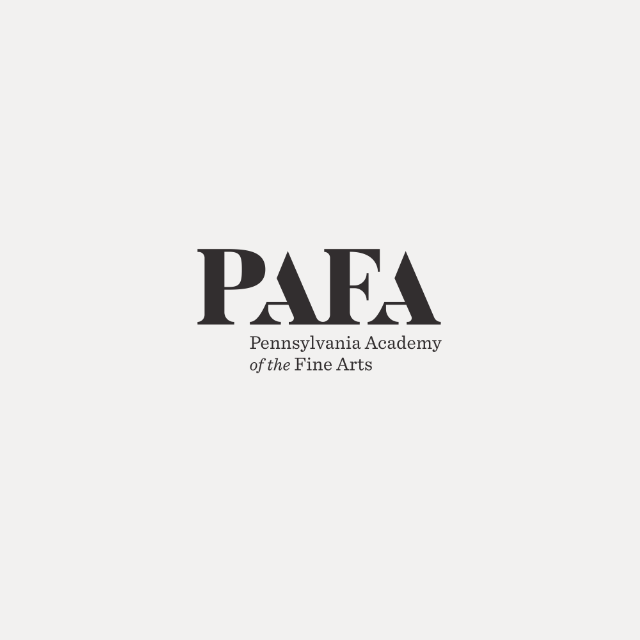
February
Everett Longley Warner
Warner worked for four years as an art critic for the "Washington Evening Star" before enrolling at the Corcoran Art School in 1897. The following year, he moved to New York to study at the Art Students League. "February" is typical of Warner's early work, when he specialized in images of New York. In this work, he demonstrates his skill at conveying the turn-of-the-century urban environment as well as mastery of the difficult pastel technique. Against a snowy setting, several isolated figures and horse-drawn carriages make their way through the elements, dwarfed by the buildings that line the street.
In 1903, the sale of his early works enabled Warner to finance a trip to Europe, where he enrolled in the Académie Julian in Paris. There he befriended Leo Stein, Gertrude's brother, and was influenced by French Impressionism. In 1909, Warner became associated with the art colony at Old Lyme, Connecticut, where he joined other American Impressionists such as Childe Hassam. During World War I, Warner designed a system of camouflage for use on ships. After the war, he was offered a teaching position at the Carnegie Institute of Technology in Pittsburgh, and broadened his subject matter to include landscapes and scenes of rural life in addition to cityscapes.
Artist
Date of Birth
(1877-1963)
Date
1900
Medium
Black chalk and pastel on beige sandpaper
Dimensions
18 1/8 x 13 1/8 in. (46.0375 x 33.3375 cm.)
Accession #
1902.3.2
Credit Line
Gift of the Misses Lewis on behalf of the estate of Dr. Francis W. Lewis
Copyright
No known copyright restrictions
Category
Subject